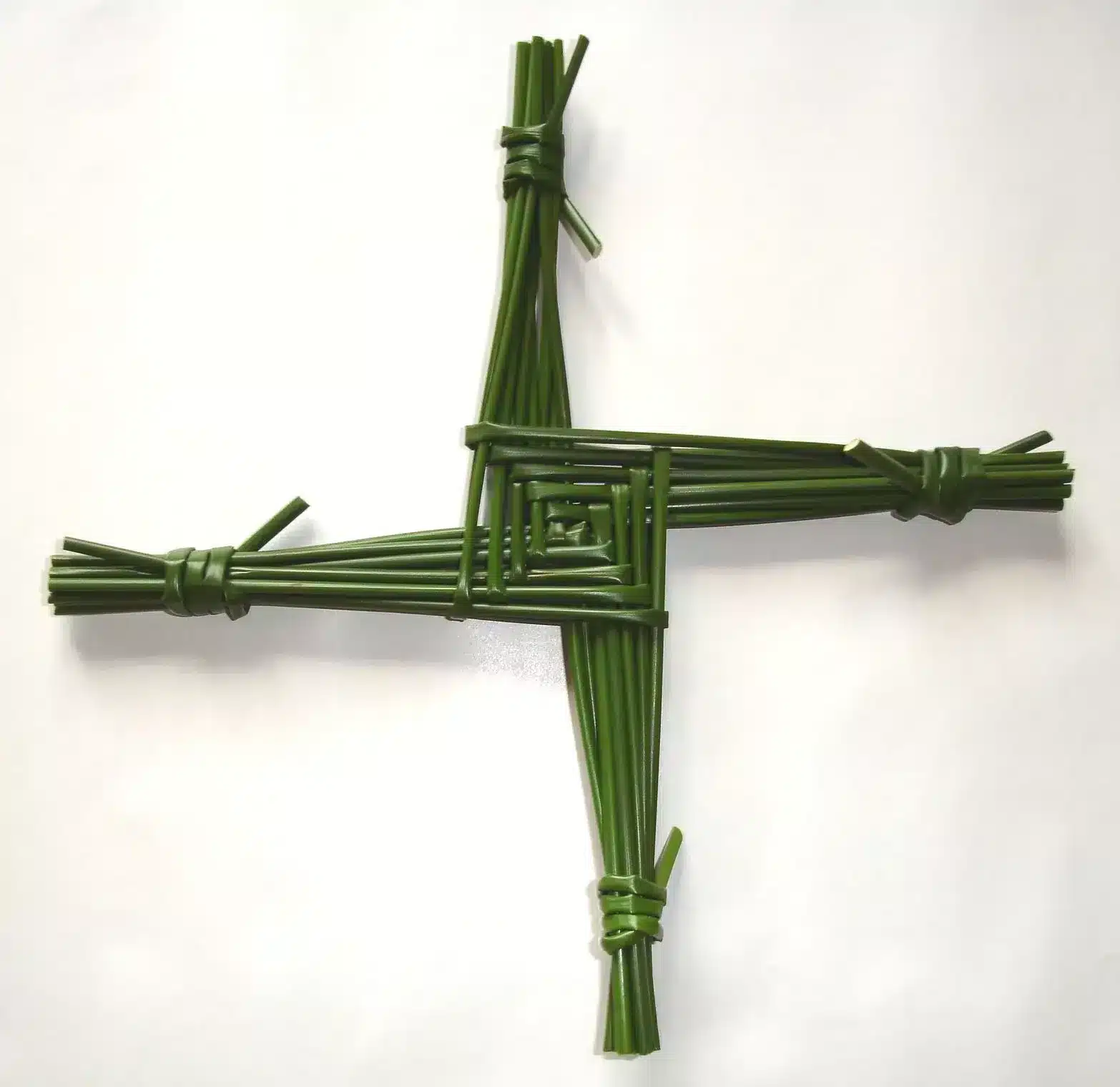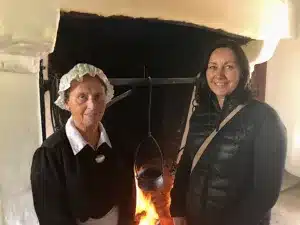Remembering St. Brigid of Ireland.
Have you ever heard of St. Brigid of Ireland? Maybe you have a Brigid/Bridgid - or even a Bridie or Biddy in your Irish family tree? Join us as we look at the story behind this most fascinating of Irish female saints.

Given the connection to this celtic festival, it is no coincidence that we celebrate Lá Fhéile Bríde (Law Ail-ah Bree-da) – St. Brigid’s Day – on February 1st in honour of our greatest female saint. St Brigid has a special place in the hearts of the Irish and her story and traditions have passed down through the generations. There are some still in place to this day!
The Beginnings of Brigid.
I loved the stories that we were told as children about this wonderful Saint. Born in County Louth around 455AD, she was not your typical girl. She refused marriage after hearing St. Patrick preach and decided to dedicate her life to God. To this end she spent her life traveling around Ireland bringing the Christian faith to Irish chieftains and their tribes. One story we were told as children tells of how she outwitted a local chieftain to gain land for her monastery in Kildare. This chieftain promised her as much land as her cloak would cover, but as she laid down her cloak it started to spread across many acres. Using this land she went on to establish what is possibly Ireland’s oldest monastery.
I next remember Brigid coming into my life during my first posting as a young teacher. Would you believe the teaching position was in Kildare town itself, home of St. Brigid of Ireland? Strolling around the town, it was hard to ignore the large round tower at its centre – this is all that now remains of this once great ecclesiastical centre. Long gone was Brigid’s Abbey from 470 AD, but I did discover another interesting fact about this woman. Her monastery was co-educational (she had both monks and nuns educated there). As abbess, she held considerable power and had administrative power equal to a bishop. Now that was a woman ahead of her time!
The St. Brigid’s Cross.
One of the traditions linked to Brigid was the making of a St Brigid’s Cross, “Crosóg Brigid” (pronounced Cross-oh-ig Brigid). This tradition was still kept alive in my Kildare school. Being the teacher I had to quickly master the art of cross-making, but luckily for me at the time we used wool instead of the traditional rushes.
We have many traditions in Ireland and so many of these traditions are linked to Brigid. Long ago, her rush crosses were hung in the rafters of the home to ward off fire. To this day, I still like to buy a St. Brigid’s cross and hang it over the front door of my house.
Finally, Brigid was also associated with the healing arts. As a result, there are many Holy Wells dedicated to Brigid throughout the country. As for me, when my career turned from teaching to healing I liked to hang a St. Brigid’s Cross in the room where I worked. It certainly worked for me – and I like to think it also worked for the clients in my care!
Perhaps St.Brigid is a christianised version of the Celtic Goddess Bríd – the goddess of fire. Is it a coincidence that St Brigid’s Day coincides with the coming of Spring – the celtic festival of “Imbolc”?
I’ll leave you with a poem from 1735 about St. Brigid:
St. Brigid’s Cross hung over the door,
Which did the house from fire secure,
And though the dogs and servants slept,
By St. Brigid’s care the house was kept.
If you have a name in your family linked to Brigid or remember any shared customs or stories linked to her do let us know, we would love to hear from you!
Chat again next week.
Slán for now, Carina.







Only Plus Members can comment - Join Now
If you already have an account sign in here.